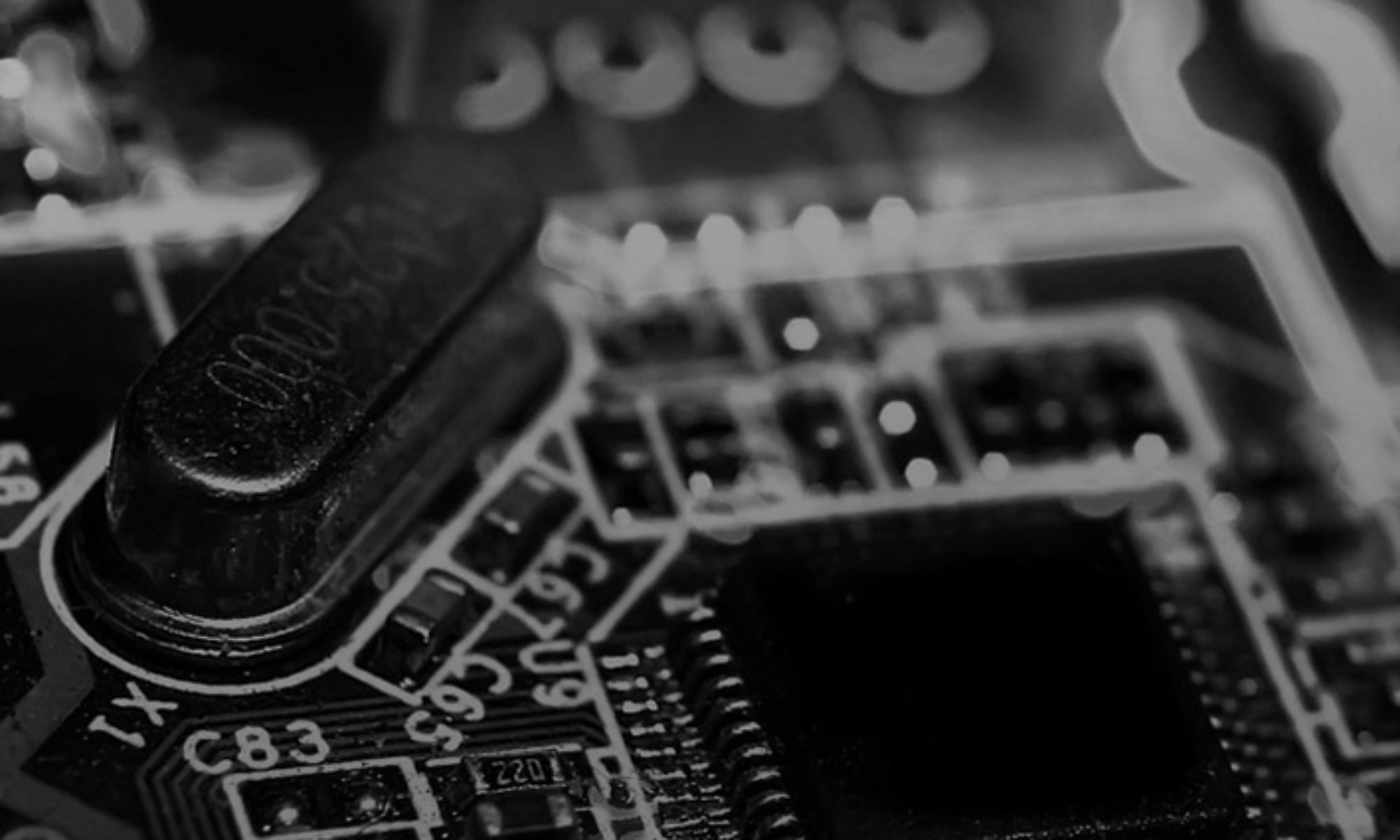I. Sources of the Law and substantive Patent Law:
(A) The UPC’s sources of Law:
As stated in Article 24 of the UPC Agreement, the UPC will base its decisions on Union law, The UPC Agreement, the European Patent Convention (EPC), other international agreements applicable to patents and binding on all the Contracting Member States and national law.
(B) Determination by the UPC of prior national rights and prior user rights:
Prior user rights will, pursuant to Article 28 of the UPC Agreement, be governed by national law. Anyone who has prior user rights in a Contracting Member State with regard to a corresponding national patent will enjoy the same rights in that Contracting Member state in respect of a European patent or a European patent with unitary effect.
II. General Competence:
(A) The different types of actions the UPC will be competent to hear:
The UPC will, as a general rule, have exclusive competence in respect of civil litigation on matters relating to European patents, European patents with unitary effect, and supplementary protection certificates issued for a product covered by the UPU and European Patent. The exclusive competence is however subject to exceptions during the transitional period.
The area of exclusive competence of the UPC is specified in Article 32 of the UPC Agreement. Among other things it includes actions for actual or threatened infringements and related defenses, actions for declaration of non-infringement, actions for provisional and protective measures and injunctions, actions for revocation and counterclaims for revocation.
The UPC will also have exclusive competence in respect of actions concerning decisions of the European Patent Office in carrying out the tasks set out in Regulation 1257/2012 on Unitary Patent Protection. National courts will remain competent for actions that do not come within the exclusive competence of the UPC.
(B) The UPC Court of First Instance’s competence:
Article 33 of the UPC Agreement contains a detailed description of the competence of the divisions of the UPC’s Court of First Instance. The court of first instance will thus be competent for:
- Actions for declarations of non-infringement. The central division will however suspend the case if an infringement action related to the same patent between the same parties is initiated before a local or regional division.
- Actions for revocation of a patent (including counterclaims for revocation referred by a local/regional division).
- Actions for the grant or revocation of a compulsory license.
- Actions on compensation for licenses.
- Actions against defendants domiciled outside the territory of the contracting state.
C/ The UPC local/regional division:
The UPC local and regional divisions will be competent to hear:
- Infringement actions.
- Actions for damages or compensation for provisional protection conferred by a published patent application.
- Actions for provisional and protective measures and injunctions.
- Actions relating to prior use rights.
For damages or compensation derived from provisional protection and/or prior use, the action shall be brought before the:
1) local/regional division where the infringement has occurred; or where the defendant has residence or place of business,
2) If the defendant has no residence or place of business within the Contracting Member States: the local/regional division where the infringement has occurred or before the central division.
3) If the concerned Contracting Member State has no local/regional division: the central division.
D) Counterclaims for revocation/ Bifurcation:
When an infringement action is pending before the local/regional division and a counterclaim for the revocation of the patent at issue is made, the local/regional division will have four options:
- Parties may also agree to bring actions before the division of their choice, including the central division.
- It may proceed with the both the infringement action and counterclaim for revocation (and if appropriate request the appointment of a technically qualified judge in the field of technology concerned)
- It may refer the counterclaim for revocation to the central division and then either suspend or proceed with the infringement case (similar to the German bifurcation case)
- It may refer the entire case to the central division, upon the parties’ agreement.
The second option is referred to as bifurcating the questions of infringement and validity. This may however result in a pan-European injunction for a patent later found invalid.
(E) The role of the Court of Justice of the European Union:
The UPC will be a court common to the Contracting Member States. It must respect and apply European Union law and together with the Court of Justice of the European Union ensure its correct application and uniform interpretation. The UPC will in particular have the same obligation as any national court to request preliminary rulings in accordance with Article 267 of the Treaty on the Functioning of the European Union.
(F) Oppositions to the European Patent Organisation and parallel proceedings before the UPC and the EPO:
Oppositions at the EPO will still be possible. A party shall inform the UPC of any pending revocation, limitation or opposition proceedings before the EPO. The UPC may stay its proceedings when a rapid decision may be expected from the EPO, as stated by Article 33.10 of the UPC Agreement. The Court may also of its own motion – or at the request of a party – requests that opposition proceedings before the European Patent Office be accelerated in accordance with the proceedings of the European Patent Office, as stated in Rule 298 of the draft Rules of Procedure of the UPC.





